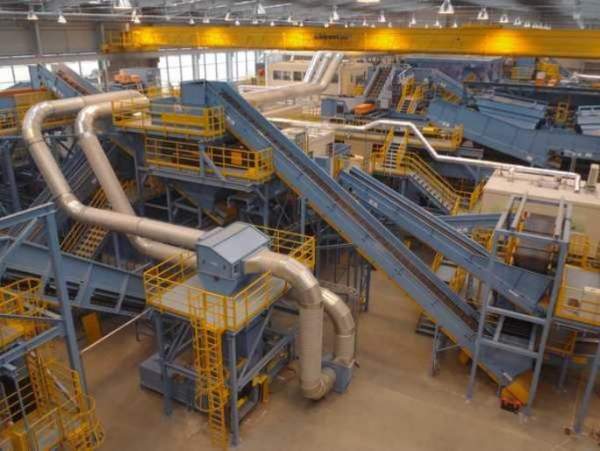The Importance of Refractories at Pulp, Paper & Wood Plants
Pulp, paper and wood processing plants play an important role in producing paper materials and other cellulose-based products. The production process at these facilities involves a series of stages that require high temperature and corrosive environments, making the use of refractories essential. It is important for industry leaders to understand the function of a refractory at a pulp and paper plant, why regular maintenance and upgrades are important for its proper operation, and the types of problems that could occur with a refractory.
What Is the Function of a Refractory at a Pulp, Paper & Wood Processing Plant?
Refractories are used in several stages of the pulp and paper production process, including the recovery boiler, the power boiler, and the lime kiln. In the recovery boiler, refractories are used to line the walls and floor of the furnace, helping to withstand the high temperatures and corrosive environments. In the power boiler, refractories are used in the superheater tubes and in the economizer tubes, helping to protect the equipment from heat and corrosion. In the lime kiln, refractories are used to line the walls and floor of the kiln, helping to withstand the high temperatures and corrosive environments.
Refractories help to maintain process efficiency and prevent downtime due to maintenance or equipment failures. By protecting the equipment from the intense heat and corrosive environments, refractories help to extend the life of the equipment, reducing the need for costly repairs and replacements.
Why Are Regular Maintenance and Upgrades Important?
Regular maintenance and upgrades are important for the proper operation of refractories at a pulp and paper plant. Over time, refractories can deteriorate due to exposure to heat, corrosive environments, and mechanical stress. Regular maintenance and upgrades help to maintain the integrity of the refractory, ensuring it continues to function properly and prevent downtime.
By working with experienced refractory contractors, facility operators can ensure their refractory systems are operating at peak performance. Refractory upgrades can also help to improve the efficiency of the production process, reducing energy consumption and reducing the overall cost of production.
Types of Problems That Could Occur With a Refractory
It’s important to understand the types of problems that can occur with refractories in this environment, since that’s the first step to heading them off. Below are some common problems that can occur with refractories in pulp and paper plants:
Physical Damage: Physical damage can occur due to the high mechanical stress that refractories are subjected to in a pulp and paper plant. Physical damage can occur due to thermal shock, abrasion, or impact from falling debris. Regular inspections and maintenance can help to identify and repair physical damage before it becomes a more serious issue.
Chemical Attack: Refractories are exposed to a variety of corrosive chemicals in a pulp and paper plant. Chemical attack can occur due to exposure to acidic gases, liquids, and solids. Over time, this exposure can cause the refractory to deteriorate, reducing its ability to protect the equipment. Regular maintenance and upgrades can help to address chemical attack and maintain the integrity of the refractory.
High Temperature Degradation: Refractories are subjected to high temperatures in a pulp and paper plant. Over time, high temperature exposure can cause the refractory to degrade, reducing its ability to protect the equipment. Regular maintenance and sensible upgrades can help to address high temperature degradation and maintain the integrity of the refractory.
Thermal Cycling: Refractories are subjected to thermal cycling in a pulp and paper plant, where they are rapidly heated and cooled during the production process. Over time, thermal cycling can cause the refractory to degrade, reducing its ability to protect the equipment. Regular maintenance and upgrades can help to address thermal cycling and maintain the proper functioning of the facility.
It’s crucial for pulp and paper plant operators to consider regular maintenance and upgrades for your refractory systems to ensure they are operating properly and to avoid costly downtime.

